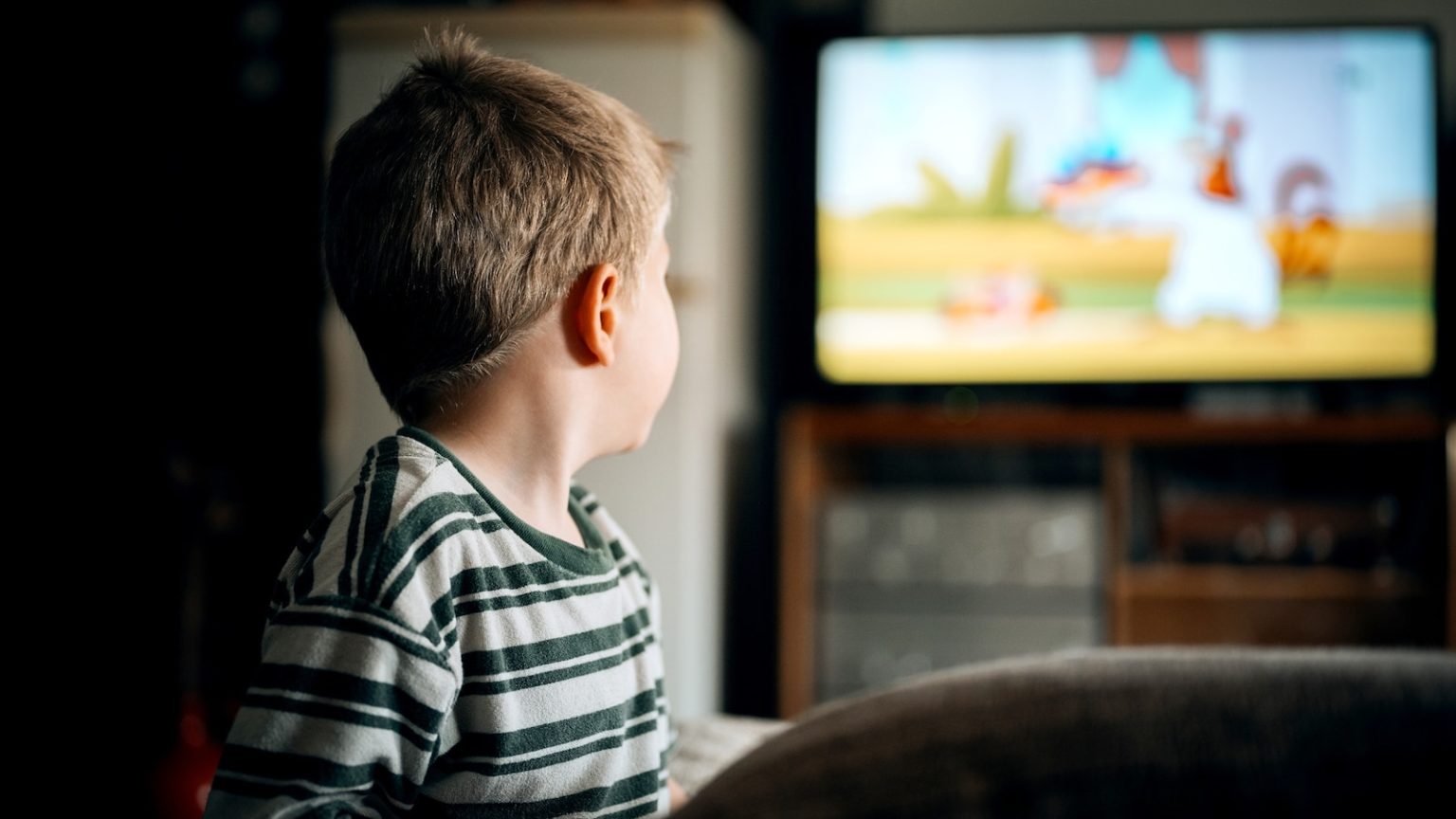The Rise of the "Slow TV" Movement: Nostalgia Meets Modern Parenting
In a world where fast-paced, hyper-stimulating media dominates children’s screens, a growing number of parents are hitting the rewind button—literally. Increasingly, they are turning to slower-paced, classic TV shows from their own childhoods, seeking a more calming alternative for their toddlers. This trend, often referred to as the "Slow TV" movement, is not just about nostalgia; it’s about creating a healthier, more balanced approach to screen time for young children.
The shift toward slower-paced media is rooted in both personal experience and scientific research. Many parents have noticed that modern children’s shows, with their rapid scene changes, loud sound effects, and frenetic storylines, can leave their kids overstimulated and irritable. This observation is backed by experts like Dr. Zabina Bhasin, a Los Angeles-based child and adolescent psychiatrist, who warns that fast-paced programming can overwhelm young brains, leading to shorter attention spans, heightened anxiety, and impulsive behavior.
For parents like Hazel Tsukano, a content creator and first-time mom, this realization came firsthand. After noticing her toddler’s hyperactivity, crying, and irrational behavior following modern kids’ shows, she decided to explore slower, gentler alternatives. Shows like Winnie the Pooh, DuckTales, and Bluey offered a more calming experience, and the positive change in her child’s behavior was evident.
The Overstimulation Factor: Why Modern Media Can Be Too Much for Young Minds
Fast-paced kids’ shows are designed to grab young audiences with rapid scene changes, loud sound effects, and fast-moving plots. While this may seem harmless—or even engaging—research suggests that such overstimulation can have unintended consequences. Dr. Bhasin explains that these shows can wire children’s brains to crave constant novelty, making it harder for them to focus on quieter, more sustained activities like reading, independent play, or even social interaction.
This constant bombardment of stimuli can contribute to heightened anxiety and difficulty with transitions, as children become reliant on external stimulation to stay engaged. When the stimulation stops, they may struggle to self-soothe, leading to meltdowns and emotional dysregulation. Hazel’s experience with her toddler illustrates this vividly, as she noticed that slower shows not only reduced hyperactivity but also improved her child’s sleep, physical activity, and social interactions.
Fortunately, the solution may be simpler than parents think. By swapping high-energy shows for slower-paced, low-stimulation alternatives, parents can help regulate their children’s emotions and behavior. Dr. Bhasin notes that calmer programming can lower cortisol levels, fostering a sense of safety and stability that is crucial for emotional development.
What to Look for in Slow-Paced Programming
For parents seeking to incorporate slower media into their child’s routine, Dr. Bhasin recommends focusing on shows with steady pacing, gentle transitions, and themes that promote empathy, problem-solving, and collaboration. Avoiding programs with excessive sound effects, rapid scene changes, or themes centered on hyperactivity or conflict is key.
Some parent-approved slow TV favorites include Franklin, Little Bear, Rolie Polie Olie, and Bluey (a modern classic!). These shows offer a gentler approach to entertainment while still engaging young viewers. For Hazel, these programs have allowed her to balance screen time in a way that works for her family, providing moments of rest or productivity while prioritizing her child’s growth.
Making the Switch Without the Meltdowns
Transitioning a toddler accustomed to overstimulating shows to calmer programming can be challenging, but Dr. Bhasin advises patience and a gradual approach. Introducing slower shows alongside engaging, screen-free activities like outdoor play or creative projects can help children adjust. Rushing the process, however, is likely to backfire, creating frustration for both child and parent.
Hazel’s experience emphasizes the importance of consistency and thoughtfulness. She encourages parents to consider their unique circumstances while keeping their child’s well-being and development in mind. The goal, she notes, is to strike a balance that aligns with their family’s needs.
Conclusion: The Power of Slowing Down in a Fast-Paced World
For parents who grew up on shows like Franklin and Winnie the Pooh, introducing these classics to their children is more than just a sentimental choice—it’s a mindful approach to screen time. In a world that moves at lightning speed, slowing down is exactly what many families need.
The Slow TV movement reminds us that sometimes, less is more. By choosing slower-paced, gentle media, parents can create a healthier, more balanced environment for their children—one that fosters emotional regulation, improved focus, and a deeper sense of calm. As Hazel and countless other parents have discovered, this simple shift can make a world of difference for the next generation.















